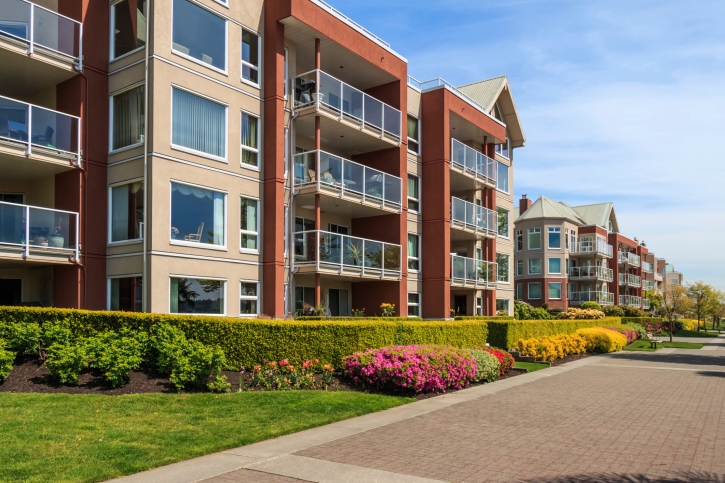FHA Eases Condo Approval Guidelines

The Federal Housing Administration (FHA) has published Mortgagee Letter 2015-27 under its condominium approval process intended to increase affordable housing options for first-time and low- to moderate-income homebuyers. Effective immediately, FHA’s temporary guidance will streamline the agency’s condominium recertification process and expand the eligibility of acceptable ‘owner-occupied’ units to include second homes that are not investor-owned.
These provisions will expire in one year and serve to revise FHA’s condominium approval process until the agency can implement a more comprehensive condominium rule change. Mortgagee Letter 2015-27:
►Modifies the requirements for condominium project recertification;
►Revises the calculation of FHA’s required owner-occupancy percentage; and
►Expands eligible condominium project insurance coverages.
FHA-approved condominium projects require recertification after two years to ensure that the project is still in compliance with FHA’s eligibility requirements and that no conditions currently exist which would present an unacceptable risk to FHA. For existing condominium projects seeking recertification, FHA will now only require applicants to submit documents reflecting any substantive changes since the project’s prior approval.
The procedure for calculating the required owner-occupancy percentage (50 percent) is modified to allow units that are not investor-owned to be considered owner-occupied for the purpose of Condominium Project approval. A condominium is considered to be owner-occupied provided they are not:
►Tenant Occupied;
►Vacant and listed for rent;
►Existing (previously occupied), vacant and listed for sale; or
►Under contract to a purchaser who does not intend to occupy the unit as a Principal Residence or Secondary Residence. The term Principal Residence and Secondary Residence have the same meaning.
Homeowners’ Associations (HOAs) are required to maintain adequate “master” or “blanket” property insurance in an amount equal to 100 percent of current replacement cost of the condominium (exclusive of land, foundation, excavation and other items normally excluded from coverage). Insurance coverage for condominium project approval that consists of pooled policies for affiliated projects, state-run plans, or contains coinsurance obligations on the part of the policy holder is now permitted to satisfy this requirement.





